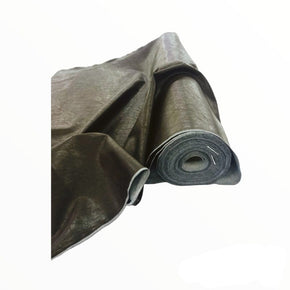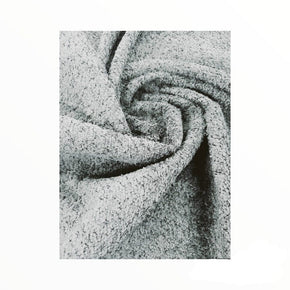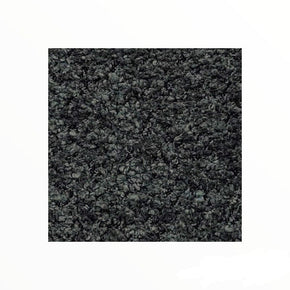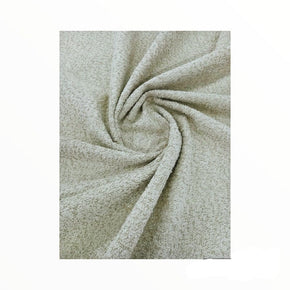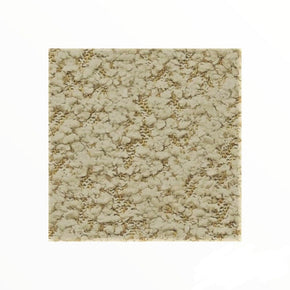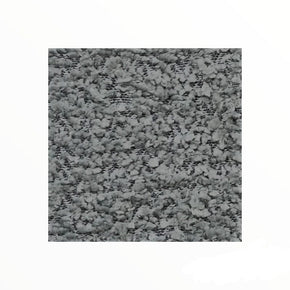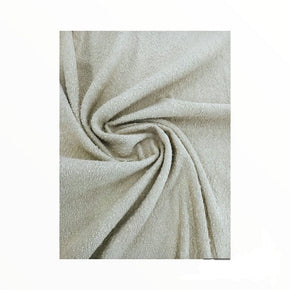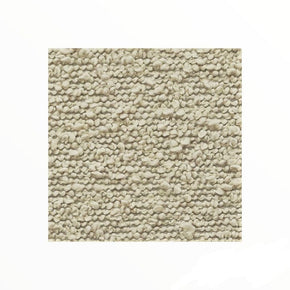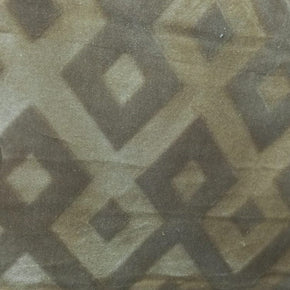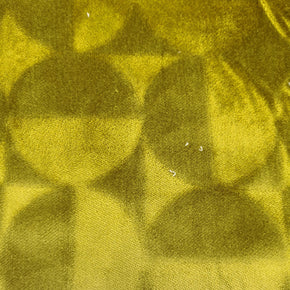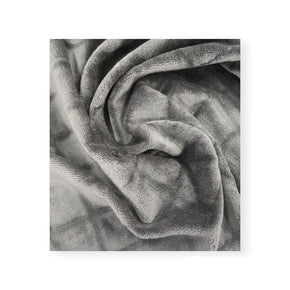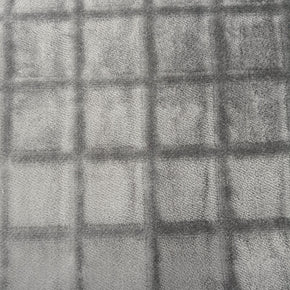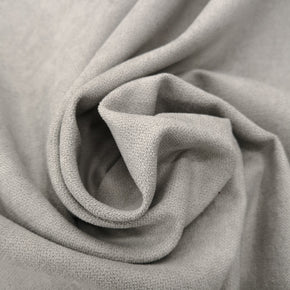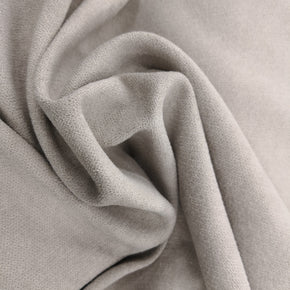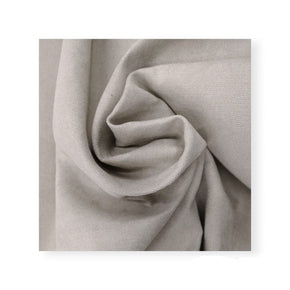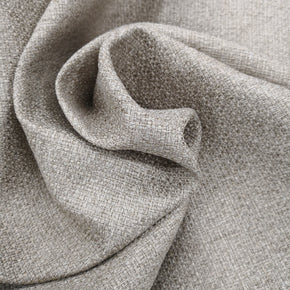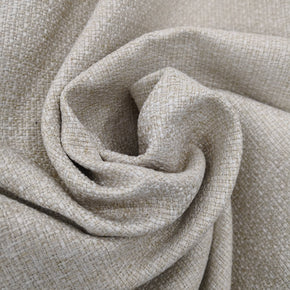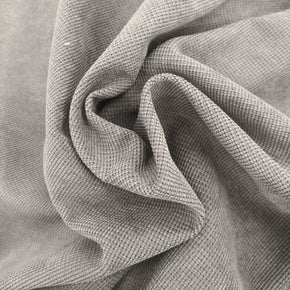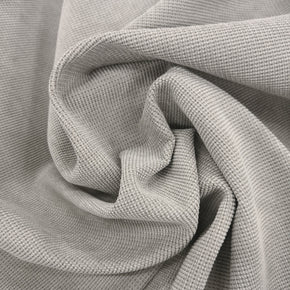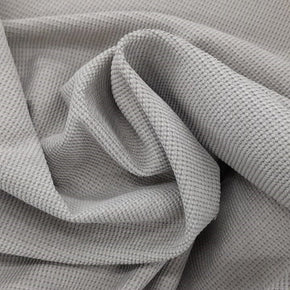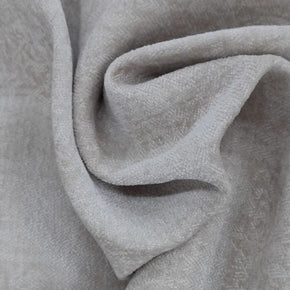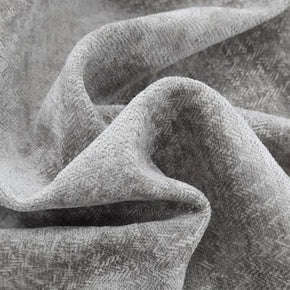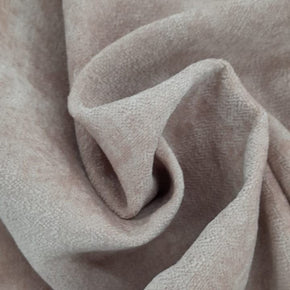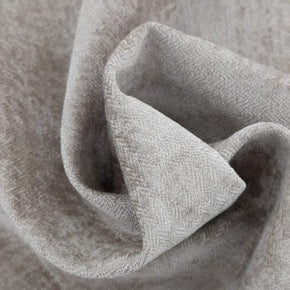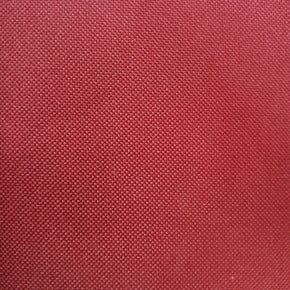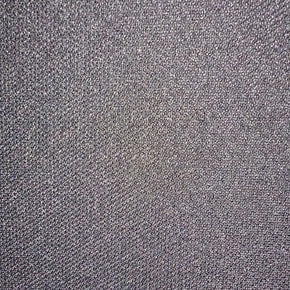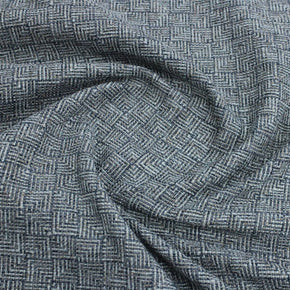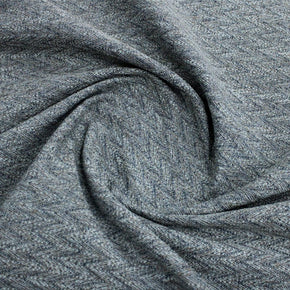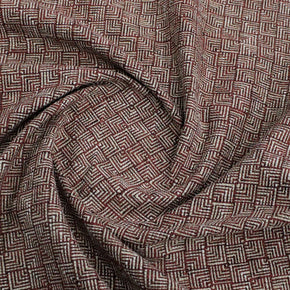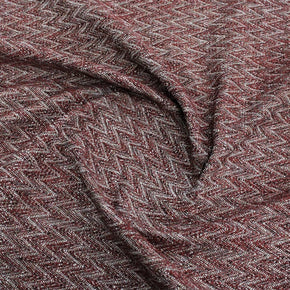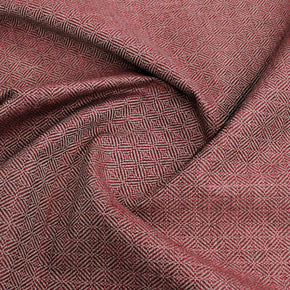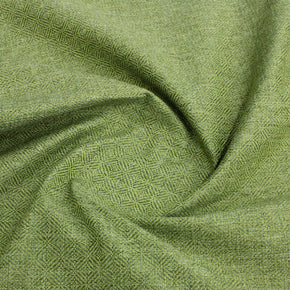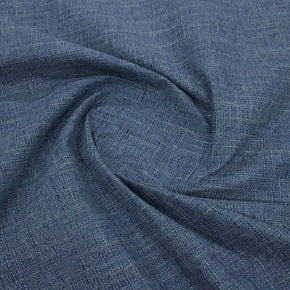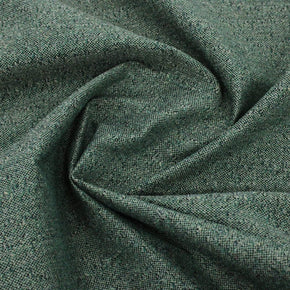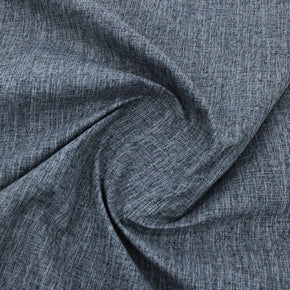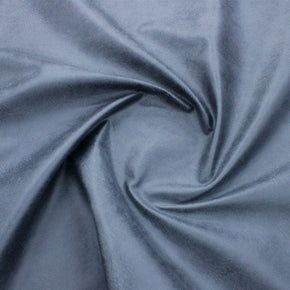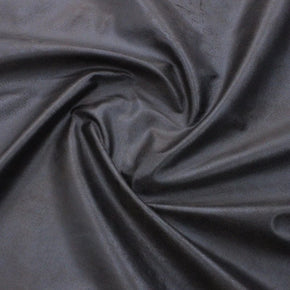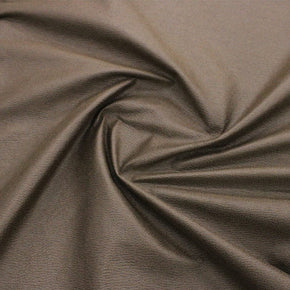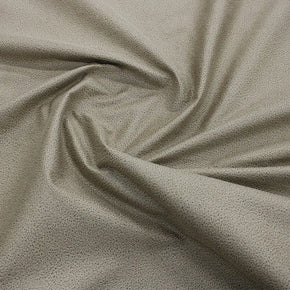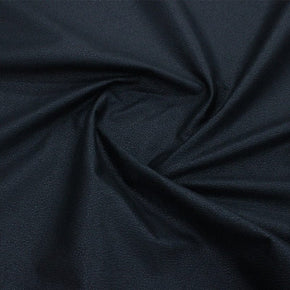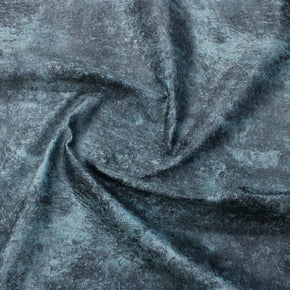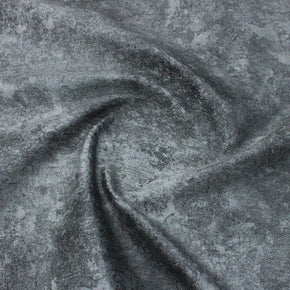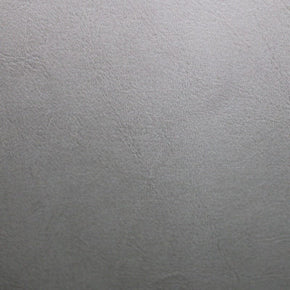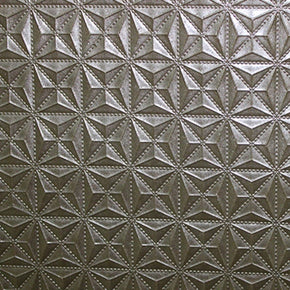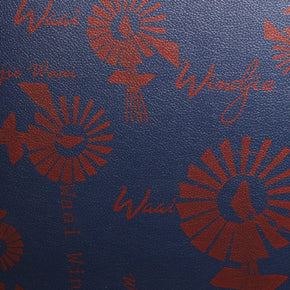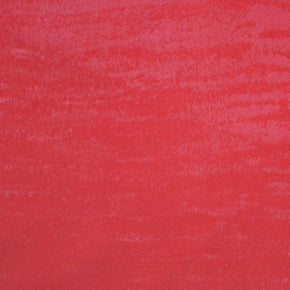- No products in the cart.
Black
Navy
White
Emerald
Maroon
Orange
Lime
Brown
Olive
Mid Grey
Red
Royal
Yellow
Sand
Charcoal
Bottle Green
Turquoise
Cerise
Rust
Beige
Oxford Waterproof Canvas Fabric 600D 150 cm
White
Yellow
Red
Navy
Royal Blue
Light Pink
Powder Blue
Cerise Pink
Black
4 Way Stretch Tent Waterproof Fabric 150 cm
Black
White
Cream
Red
Royal Blue
Navy
Gold
Beige
Orange
Bottle Green
LT Grey
Chocolate
DK Grey
Maroon
Upholstery Nylon Thread 100g
R 59.95
Black
White
Navy
Maroon
Chocolate
Brown
Light Grey
Yellow
Red
Grey
Pink
Upholstery Fabric Anti Tear Vinyl 1088 140 cm
Azure GZF001XCTM
Tumeric GZF001L
Graphite GZF0F
Forest GZF001J
Taupe GZF001B
Crimson GZF001S
Navy GZF001T
Grape GZF001RCTM
Pomelo GZF001QCTM
Papaya GZF001OCTM
Teal GZF001HCTM
Dolphin GZF001ECTM
Caribbean GZF0011CTM
Liquorise/Black GZF001V
Feather GZF001CCTM
Champagne GZF001ACTM
Tuscan Sun GZF001UCTM
Pacific
Fluxx Velvet Upholstery/Curtain Fabric 280 cm
Black
Navy
Brown
Natural
Ocean Blue
Maroon
Pink
Turquoise
Upholstery Sofa Fabric Plain Velvet 140 cm
Light Brown
Olive
Red
Grey
Orange
Lime
White
Dark Brown
Outdoor PVC Tarpaulin 570gsm 150 cm
Charcoal W2018-4
Yellow W2018-8
Black W2018-18
Dark Brown W2018-16
Rust W2018-5
Navy Blue W2018-12
White W2018-24
Pink W2018-1
Dark Navy W2018-19
Green W2018-3
Light Grey W2018-17
Orange W2018-6
Linen Upholstery Fabric W2018 140cm
Black A801-35
Light Brown A801-52
Navy A801-26
Grey A801-25
Dark Brown A801-36
Rust A801-53
Burnt Orange A801-49
Cream A801-11
Burnt Orange A801-51
Euro Leather Fabric A801 140 cm
Sand
Putty
Sepia
Dolphin
Shadow
Henna
Emerald
Viridian
Indigo
Caviar
Upholstery Fabric Plush 140 cm
R 140.00
Olive/Sand
Howard Green/Sand
Ripstop Outdoor Waterproof Fabric Canvas 2 Tone 450 Gsm 240 cm
Stone
Light Beige
Pink
Rust
Ripstop Outdoor Waterproof Fabric Canvas 450 Gsm 180 cm
Panther POLPA
Forest POLFO
Spice POLSP
Bloom POLBL
Fabric Polar Winter Fur Upholstery 140 cm
Shadow
Peacock
Crema
Lazuli
Tumeric
Upholstery Fabric Marquis Outdoor KIN002 140 cm
Charcoal #6
Sand #9
Donkey #10
Jade #15
Antique
Yellow
Fabric Upholstery Pluto 140 cm
Dark Grey #10
Black #11
Navy Blue #6
Silver
Fossile
Upholstery Fabric Saturn 140 cm
Light Grey
Chocolate
Olive
Navy
Khakhi
Dark Grey
Grey
Earth
Charcoal
Black
Fabric Ripstop Canvas 400 Gsm 180 cm
Black / White
Grey / Black
White / Beige
Beige / Chocolate
Red / Pink
Navy / Blue
Blue / Dark Blue
White / Royal Blue
White / Turquoise
White / Orange
Grey / Lemon
Upholstery Fabric Printed Vinyl Stripe 140 cm
Metalic Grey
Pink
Duckegg 40x40 cm
Printed Oxford Waterproof Canvas Camouflage Fabric 600D 150 cm
Forest 006
Forest 007
Forest 008
Forest 009
Forest 010
Forest 011
Forest 012
Forest 013
Forest 014
Oxford Waterproof Forest Canvas 150 cm
Lion Pattern
Hippo Pattern
Rhino Skin
Warthog Pattern
Zebra Skin
Leopard skin
Printed Velvet Upholstery Fabric Animal Skin 140 cm
Aourora Galau
Asteroid Galas
Comet Galco
Startdust Galst
Blue Moon
Upholstery Fabric Galileo 140 cm
#6 Cocoon FG340-6
#21 Shamrock FG340-21
#35 Venetian Blue FG341-35
Poetry Upholstery Fabric 140 cm
R 199.95
Corduroy Winter Fur Polar Bear #2
Corduroy Winter Fur Chinchilla
Corduroy Winter Fur Snow Bunny #1
Corduroy Winter Fur White Lion #6
Corduroy Winter Fur Wolf #9
Fabric Corduroy Winter Fur Upholstery 140 cm
Upholstery Fabric for Sale Online
Shop our range of upholstery fabric for sale at MHC World. Buy online and receive free delivery over R3500 & within a 30km radius from our store.
Apart from our upholstery fabric for sale, we also offer ground sheeting, tapestry and upholstery material for sale.
Upholstery fabric, available at MHC World, is a specialised textile used to cover furniture such as sofas, chairs, ottomans and headboards. It is a key component in both the aesthetic appeal and the functional quality of furniture. Whether you are reupholstering an old family couch or designing a brand-new interior, the right upholstery fabric can make a remarkable difference to the comfort, durability and style of your living space.
What Is Upholstery Fabric
Upholstery fabric is the textile material used to cover and finish pieces of furniture, including sofas, armchairs, dining chairs, and footstools. It plays a dual role: to provide comfort for the user and to enhance the visual appeal of the item. Upholstery fabric is usually heavier and more robust than ordinary fabric due to the stress it endures through constant use. It is often made with a tight weave or layered construction, designed to resist wear, stretching and sagging.
Depending on its application, upholstery fabric may also be treated to resist stains, fading and moisture. The choice of fabric impacts not only the look of the furniture but also how it feels to the touch and how it performs in everyday conditions. It is available in various fibres, including natural materials like cotton, linen and wool, as well as synthetics such as polyester, acrylic and nylon.
How Does Upholstery Fabric Differ from Other Fabrics
First and foremost, upholstery fabric is designed to be more durable. Ordinary fabrics, such as those used for clothing or curtains, are not built to withstand the frequent friction and weight that upholstered furniture is subjected to. Upholstery fabrics are made with a denser weave or thicker yarns, ensuring they can hold their shape and resist tearing.
Another distinction lies in the backing. Upholstery fabrics often have a secondary backing made from synthetic material or latex to give added stability and to prevent fraying. Some also have fire-retardant properties to comply with safety standards in public and commercial spaces.
The texture and weight of upholstery fabrics are also noticeably different. They tend to be heavier, stiffer and more structured, making them suitable for shaping and tacking onto furniture frames.
The Development of Upholstery Fabric Through the Years
The use of upholstery fabrics dates back to ancient civilisations, where textiles such as woven reeds and animal hides were used to soften hard seating. In mediaeval Europe, upholstery began to take shape as artisans used wool, leather and linen to pad and cover wooden benches and thrones.
During the Renaissance and Baroque periods, upholstery became more elaborate. Silk and velvet fabrics were used for royal furnishings, often embroidered or adorned with trims. The Industrial Revolution in the 18th and 19th centuries transformed fabric production, introducing mass-manufactured woven textiles, synthetic dyes and mechanised looms. Upholstery became more accessible, and styles diversified.
In the 20th century, synthetic fibres such as polyester and nylon revolutionised the market, offering stain resistance and greater durability at a lower price. The mid-century modern era introduced sleek, minimalist upholstery designs, while the late 20th century saw increased interest in eco-friendly and natural fibres.
Today, upholstery fabrics are designed with both technology and tradition in mind. You can buy contemporary designs with advanced stain-repellent finishes, as well as classic textiles woven in time-honoured patterns.
Who Would Buy Upholstery Fabric
Homeowners who wish to refresh a room without replacing costly furniture can reupholster existing items at a fraction of the price of new pieces. This is particularly beneficial for families who want to extend the life of a well-loved couch or revive heirloom furniture with modern flair.
Interior designers and decorators often purchase upholstery fabric to tailor furniture pieces to specific design schemes. This allows for greater control over colour palettes, textures and themes, resulting in unique, cohesive interiors. Hospitality businesses, such as hotels and restaurants, also rely on high-performance upholstery fabrics to maintain a polished look while withstanding constant use.
Different Types and Styles of Upholstery Fabric and Their Features
There are many types and styles of upholstery fabric, each with specific benefits suited to different furniture applications. These include:
· Cotton: A natural and breathable fabric, cotton is soft, comfortable and widely used for casual or country-style furniture. It is prone to wrinkling and can stain, so it is often blended with synthetics.
· Linen: Known for its light texture and fresh appearance, linen is great for formal furniture. However, it creases easily and requires careful maintenance.
· Wool: A strong and durable natural fibre, wool offers warmth and softness. It is resistant to pilling and wrinkling and often comes blended with synthetics for ease of care.
· Polyester: A popular synthetic fibre known for its durability and stain resistance. It is often combined with other fibres and is ideal for high-use furniture.
· Velvet: Luxurious and soft, velvet adds a rich, elegant feel. It is best used in low-traffic areas or for feature pieces due to its tendency to crush or mark.
· Acrylic: Lightweight and resistant to sunlight and fading, acrylic is often used for outdoor or conservatory furniture.
· Leather and Faux Leather: These are durable and easy to clean. Genuine leather ages beautifully but is more expensive, while faux leather offers a budget-friendly alternative with a similar look.
What Is the Lifespan of Upholstery Fabric and How Can You Extend It
On average, upholstery fabric lasts between 5 and 15 years. High-use pieces like family sofas tend to show signs of wear sooner than occasional chairs.
To extend the lifespan of your upholstery fabric, rotate cushions regularly to distribute wear evenly. Vacuum the fabric weekly to remove dust and debris, which can cause fibres to break down over time. Protect furniture from direct sunlight, which fades and weakens many types of fabric. Use armrest covers or throws in high-contact areas, especially if you have pets or young children.
Spot-clean spills immediately and avoid harsh cleaning chemicals that may damage the fabric. If the fabric has a removable cover, follow the washing instructions carefully. For fixed upholstery, professional cleaning every 12 to 18 months can help maintain appearance and hygiene.
How to Choose Upholstery Fabric
For everyday family furniture, durability and stain resistance are key. Fabrics like polyester, acrylic or tightly woven cotton blends are ideal in these situations. For decorative or occasional use, fabrics such as linen or velvet can provide elegance and texture without needing to withstand heavy wear.
Neutral tones provide versatility, while bold colours and patterns can create focal points. If you have pets, choose a fabric that resists snagging or is easy to wipe clean. Textured weaves hide dirt better than flat weaves, and darker colours mask stains more effectively than lighter ones.
Always ask for swatches so you can feel the texture and see how the colour looks in your own lighting. Measure your furniture carefully to determine how much fabric you will need.
Best Brands of Upholstery Fabric Available on MHC World
At MHC World you can purchase all reputable brands of Upholstery Fabric of all types at a reasonable price.
























































































































































































































































